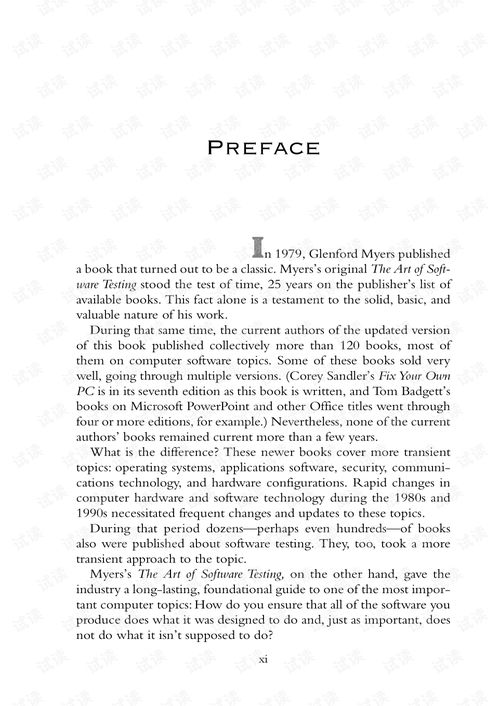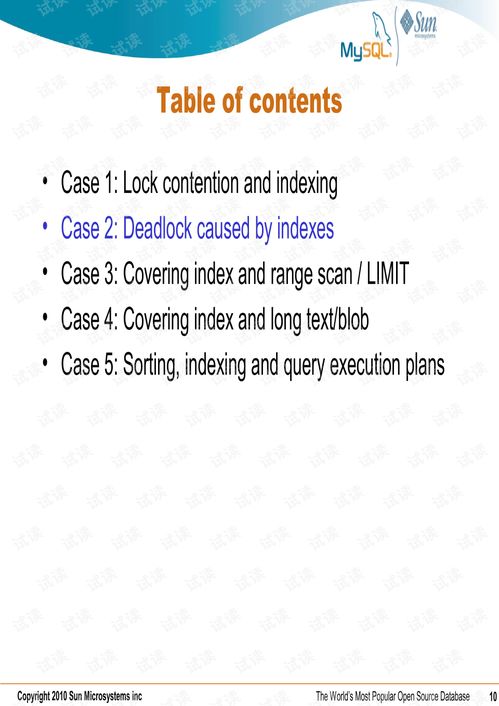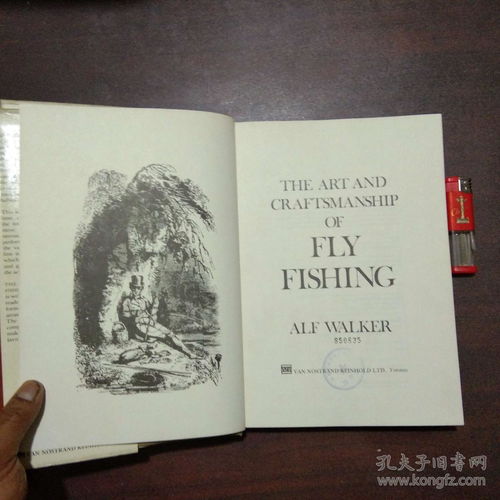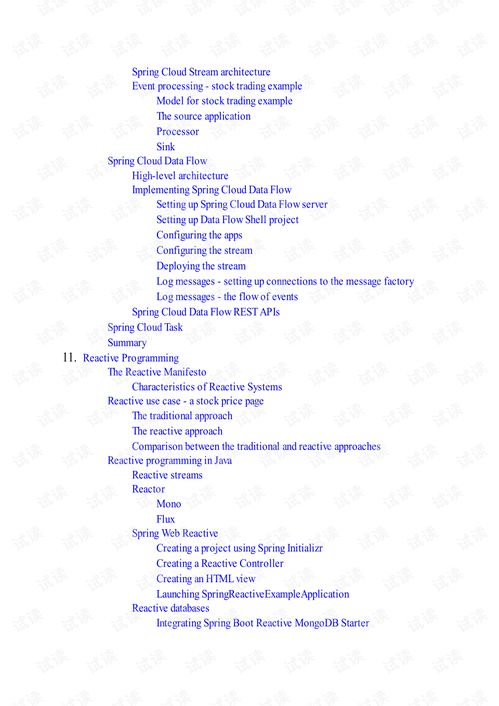Content:
In the digital age, where cyber threats are becoming increasingly sophisticated, the importance of anti-phishing education cannot be overstated. Crafting effective anti-phishing tips requires a blend of clear communication, engaging content, and actionable advice. Here's a guide on how to write winning phishing awareness copy that resonates with your audience and helps protect them from falling victim to fraudulent schemes.
Understand Your Audience
Before you start writing, it's crucial to understand who your audience is. Are they tech-savvy individuals, corporate employees, or general internet users? Tailoring your message to their level of knowledge and concerns will make your anti-phishing tips more effective.
Start with a Strong Opening
Your opening line should grab the reader's attention immediately. Use a compelling question, a surprising statistic, or a personal anecdote to pique their interest. For example:
"Did you know that every 39 seconds, someone falls victim to a phishing attack? Here's how to stay one step ahead of cybercriminals."
Use Clear and Concise Language
Avoid technical jargon and complex sentences. The goal is to make the information as accessible as possible. Break down the tips into simple, actionable steps. For instance:
"Never click on suspicious links in emails. Instead, hover over the link to see the actual URL before clicking."
Provide Specific Examples
Illustrate your points with real-life examples. This not only makes the content more relatable but also helps the reader understand the potential consequences of falling for a phishing scam:
"Imagine receiving an email that appears to be from your bank, asking you to update your account information. If you click the link and enter your details, a cybercriminal could gain access to your finances."
Highlight Key Phishing Red Flags

Identify common indicators of phishing attempts. Use bullet points or numbered lists to make the information easy to digest:
- Unusual Email Addresses: Be wary of emails from addresses that don't match the company's domain.
- Spelling and Grammar Errors: Professional organizations typically proofread their communications.
- Urgent Calls to Action: Phishing emails often create a sense of urgency to pressure you into acting quickly.
- Requests for Personal Information: Legitimate organizations rarely ask for sensitive information via email.
Include Visual Elements
Visuals such as infographics, diagrams, or screenshots can enhance the reader's understanding and retention of the information. For example, a visual representation of a phishing email can highlight the red flags mentioned earlier.
Offer Practical Solutions
Provide actionable steps that readers can take to protect themselves. This could include using two-factor authentication, updating software regularly, or reporting suspicious activity:
"Enable two-factor authentication on all your accounts to add an extra layer of security. And if you suspect an email is a phishing attempt, report it to your IT department or the company directly."
Reinforce the Message with a Call to Action
Encourage your readers to take action. This could be as simple as visiting a website for more information or signing up for a phishing awareness training program:
"Visit our website to learn more about phishing and how to protect yourself. Sign up for our monthly newsletter to stay updated on the latest cyber threats."
Keep the Content Updated
Cyber threats evolve rapidly, so it's important to keep your anti-phishing tips current. Regularly update your content to reflect new types of phishing attacks and emerging trends.
Encourage Feedback and Engagement
Finally, invite your readers to share their experiences or ask questions. This not only fosters a sense of community but also provides valuable insights into how to improve your anti-phishing copy:
"Have you ever fallen for a phishing scam? Share your story in the comments below and help others learn from your experience."
By following these guidelines, you can create compelling anti-phishing tips that not only educate but also empower your audience to stay safe in the ever-changing digital landscape. Remember, the key to effective phishing awareness copy is to be informative, engaging, and above all, actionable.












